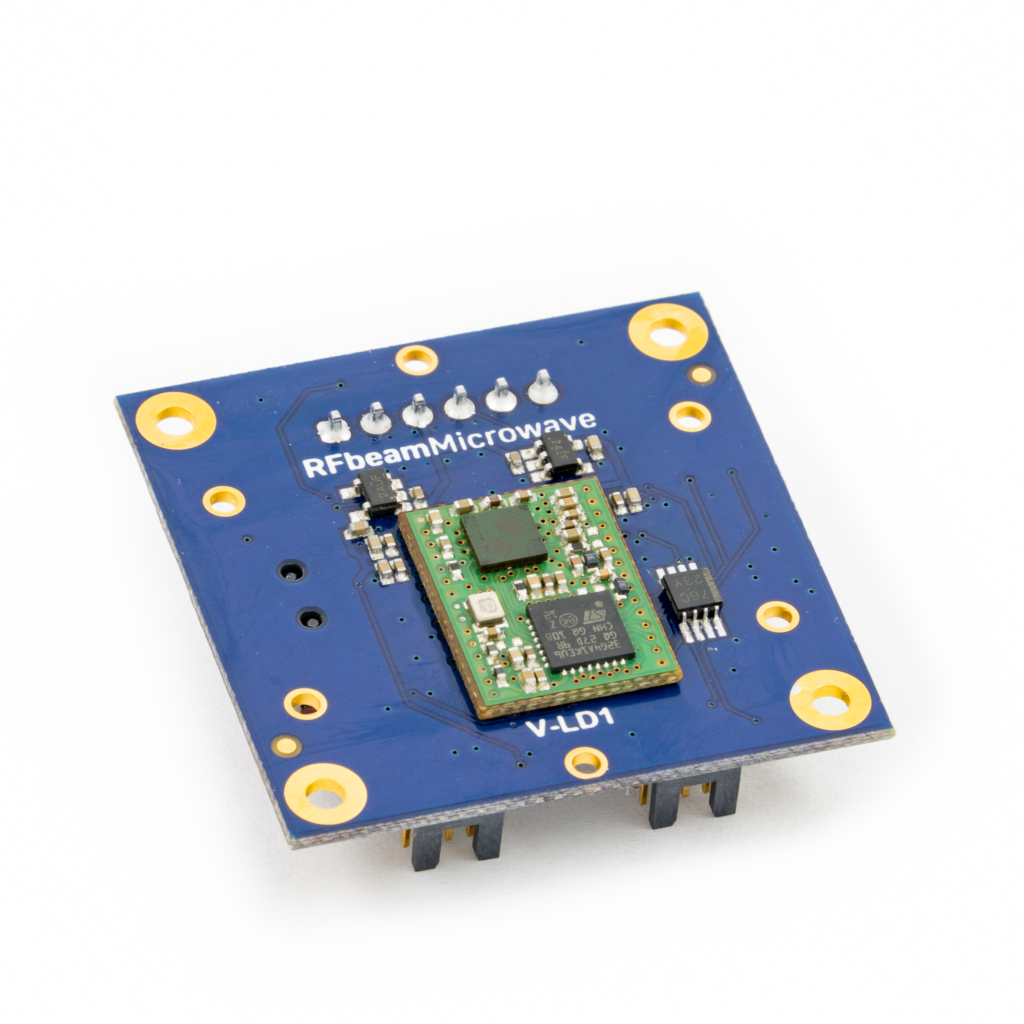
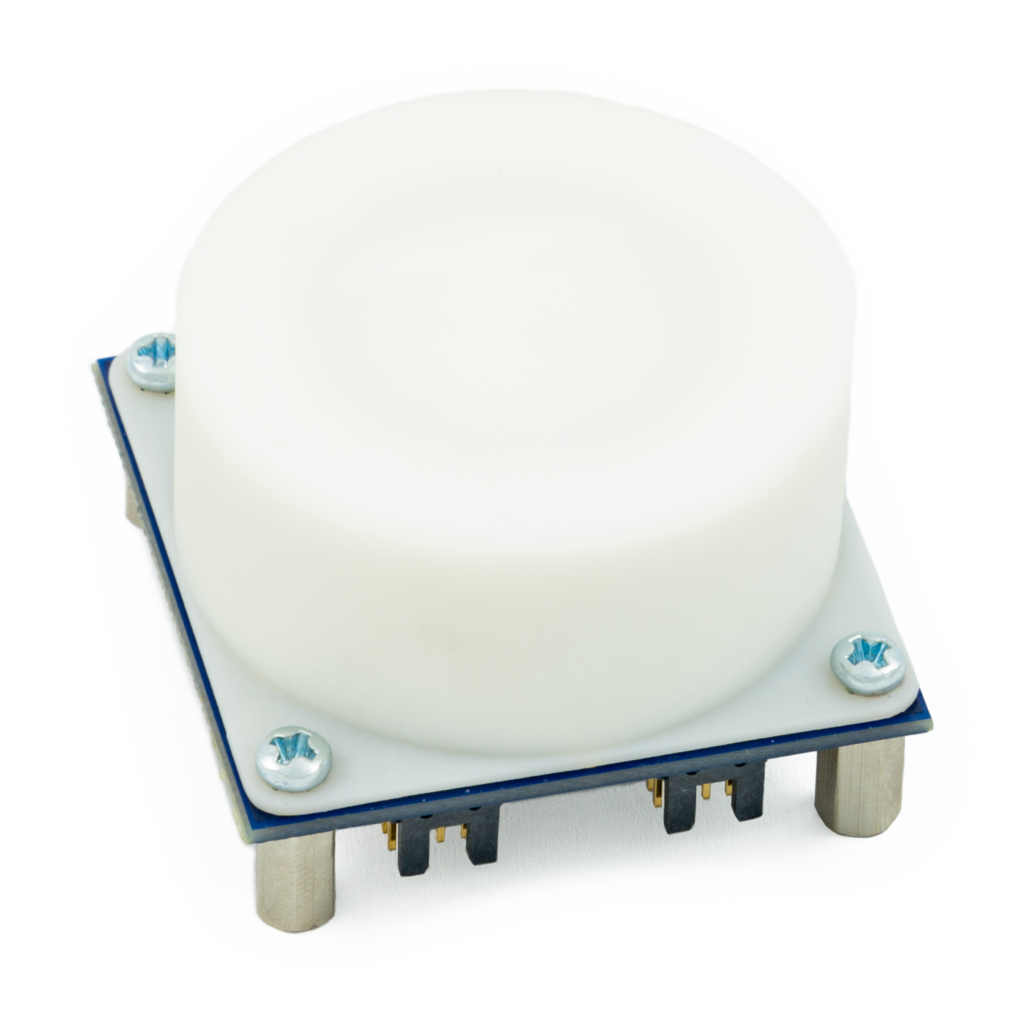
With the growing demand for high-frequency technologies and radar systems, particularly in the 60 GHz range and above, the need for more efficient and cost-effective antenna systems continues to rise. Plastic lenses offer a practical and affordable solution by allowing focused high-frequency radiation, which enhances both the range and accuracy of modern radar systems. This article explores the role of plastic lenses in high-frequency applications, especially in combination with chipsets that feature integrated antenna arrays, and highlights their advantages and design considerations.
The Role of Plastic Lenses for Radar applications
In frequencies starting at 60 GHz, including 77 GHz and 120 GHz, plastic lenses play a vital role in optimizing antenna systems. Modern chipsets with integrated antennas have fixed antenna arrays that cannot be supplemented or modified with external antennas. Plastic lenses address this limitation by focusing the broad radiation pattern of these antenna arrays and aligning it to meet specific application requirements.
The size of the lens is highly dependent on the frequency in use: higher frequencies such as 60 GHz, 77 GHz, and 120 GHz allow for smaller lenses, which are easier to integrate into compact systems. In contrast, lower frequencies like 24 GHz require larger lenses due to the longer wavelength, making them less suitable for compact designs.
Using plastic lenses allows the broad beam of a chip’s antenna to be efficiently focused, improving both the range and accuracy of the system without requiring significant modifications to the antenna hardware.
Lens Design and Application in Radar Systems with a Single Transmit and Receive Antenna
Modern radar systems often use multiple transmit and receive antennas to separate detected objects by angle through signal processing and digitally filter out unwanted objects. However, using multiple physical transmitters and receivers increases the overall system cost and requires more processing power to handle the detected objects.
In contrast, systems with a single transmit and receive antenna combined with a plastic lens offer clear advantages. A lens can adjust the antenna’s beam to physically exclude unwanted objects before they are digitally processed, reducing the need for complex signal processing algorithms while also lowering system costs and power consumption.
Material Properties of Plastic Lenses for High-Frequency Applications
The performance of plastic lenses in high-frequency applications depends heavily on key material properties, such as the following:
- Dielectric Constant (ε): It is essential to know the dielectric constant at the operating frequency, and it should remain as stable as possible across that range.
- Loss Tangent (tan δ): A low loss tangent ensures minimal signal attenuation, which is critical for high-frequency systems. Materials with low losses help maintain signal integrity.
- Thermal and Mechanical Stability: The lens material must be stable under temperature variations to prevent shape distortion, which could impact focusing accuracy. It may also need to withstand environmental wear, especially in outdoor radar applications.
Material selection depends on the operating frequency, with higher frequencies requiring more precise control of mechanical, dielectric and thermal properties. Typically, plastic manufacturers do not characterize the dielectric constant of their materials at high frequencies, but RFbeam can measure it using a simple flat sample of approximately 100x100x5mm.
Practical Example
RFbeam has designed a plastic lens for its low-power distance measurement module, V-LD1, which operates with a 1TX, 1RX RF frontend with integrated antennas. The plastic lens helps focus the beam to achieve the desired functionality of a low-cost level measurement sensor with millimeter accuracy.
First, the RF frontend was simulated using CST Microwave Studio, followed by the design and simulation of the plastic lens by RFbeam to focus the beam to a field of view (FOV) of approximately 8×8 degrees.
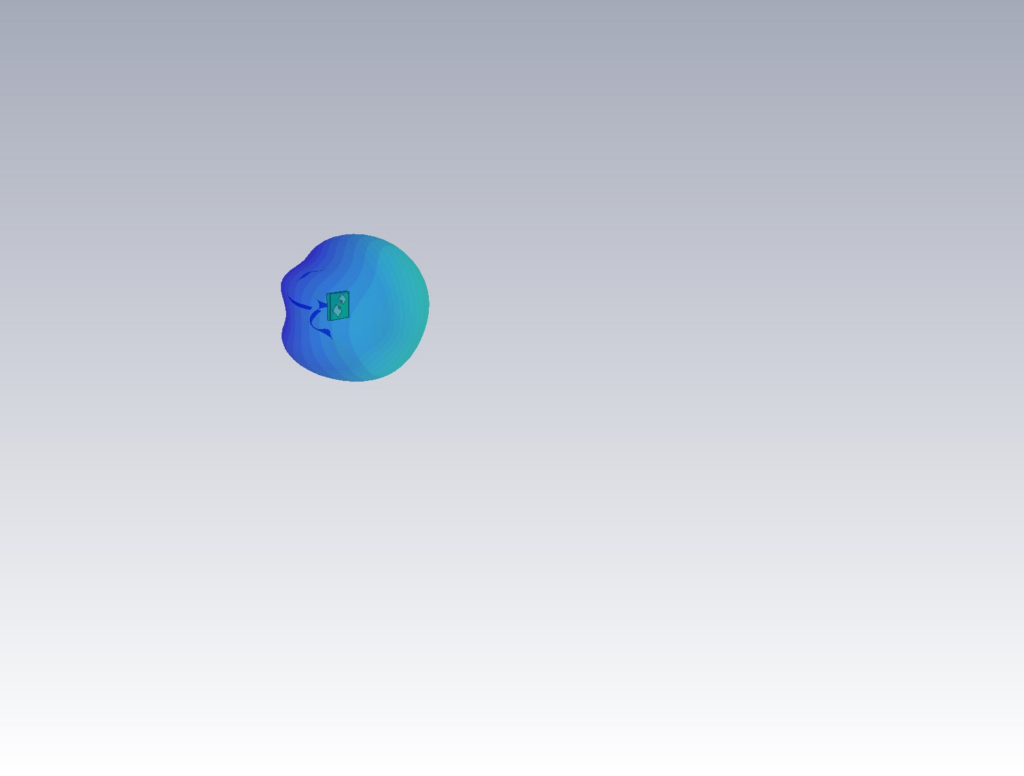
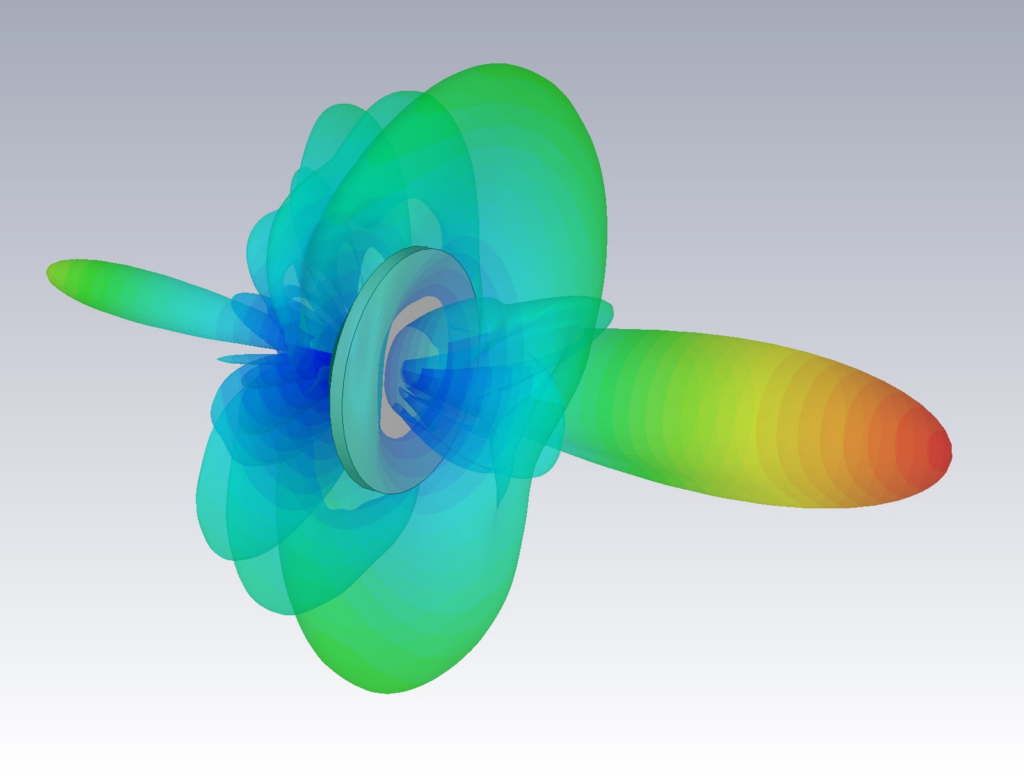
A first batch of 3D-printed lenses was then produced and measured in an anechoic chamber in RFbeam’s laboratory to verify the results. While 3D-printed lenses can be relatively inexpensive, for higher volumes, a molded version could further optimize costs.
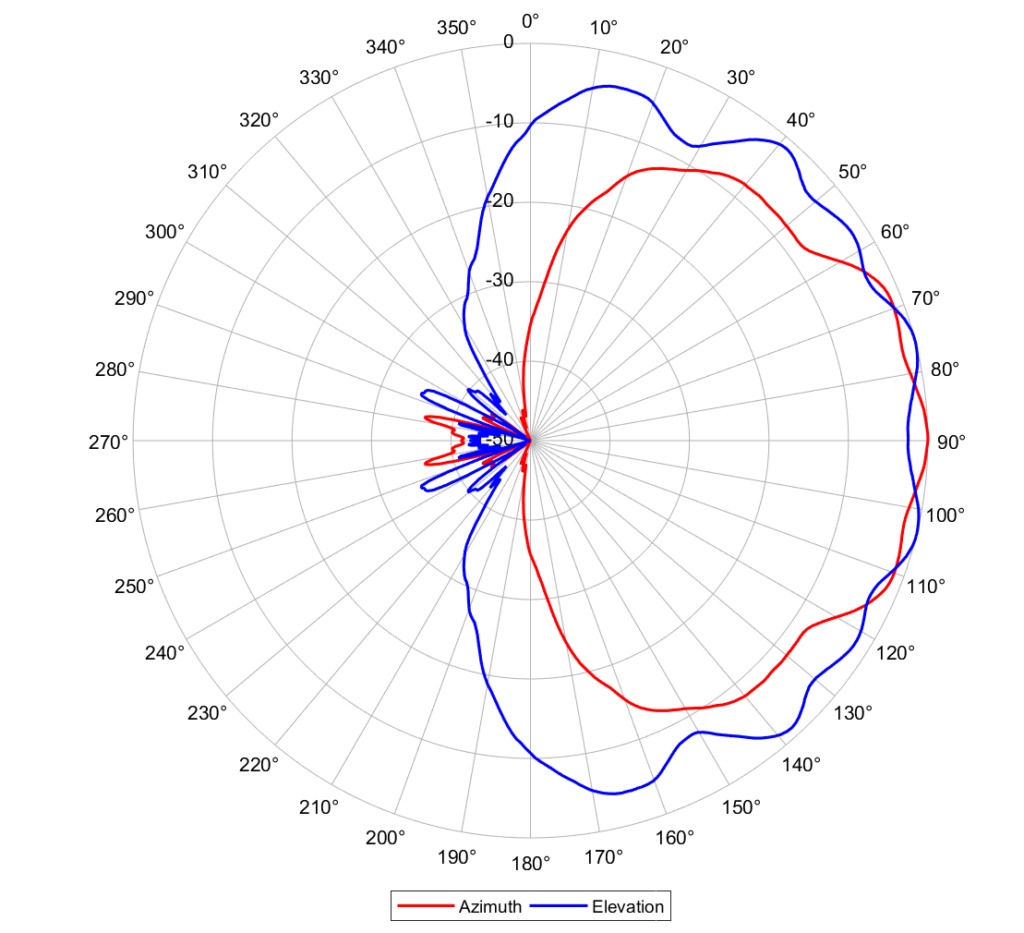
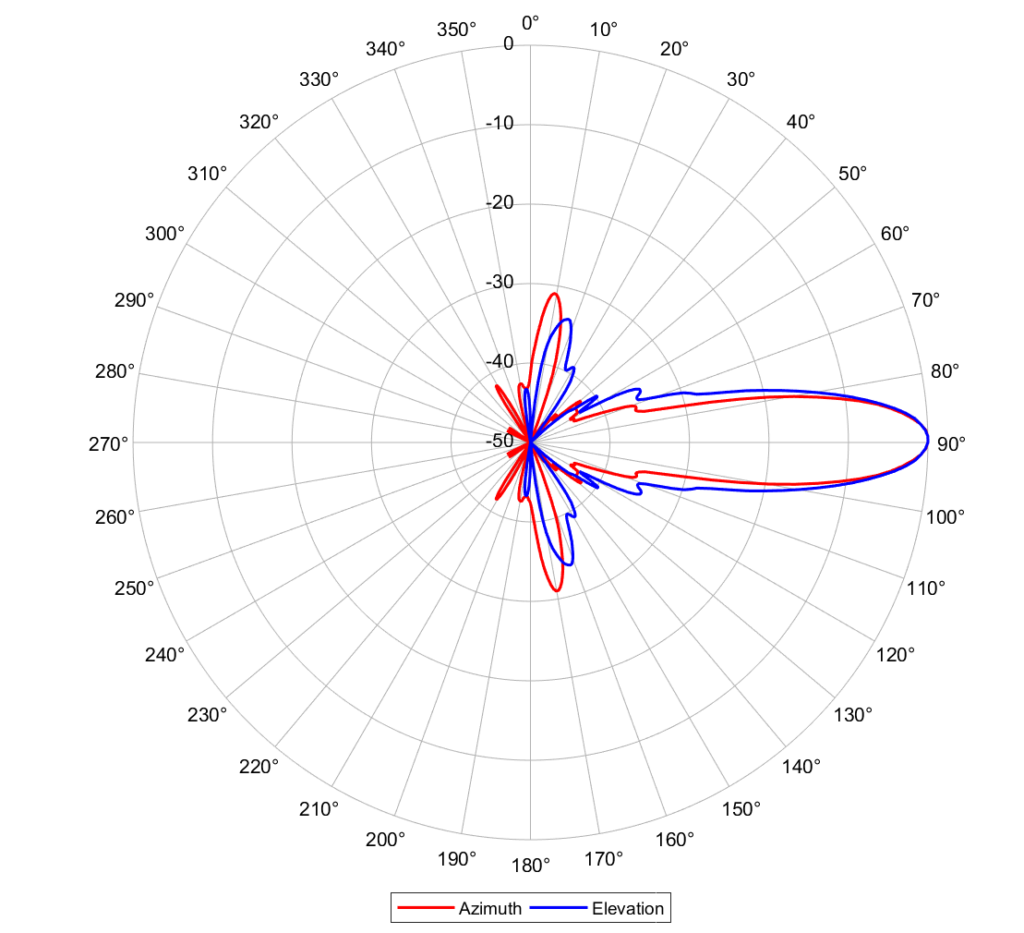
The measurement clearly shows the good focusability of the plastic lens compared to the wide radiation pattern of the integrated chip antennas. The focusing limits the illuminated measurement area enormously, which is required for a level measurement application in order to obtain accurate results. The lens enables an antenna gain of approx. 12dBi, which corresponds to an increase in SNR of 24dB, allowing the detection distance to be massively increased.
Advantages of Plastic Lenses for High-Frequency Antennas
Plastic lenses offer significant advantages, especially in applications that require high frequencies and compact designs:
- Beam Focusing and Antenna Gain: By focusing the radiation, plastic lenses increase antenna gain, which improves the signal-to-noise ratio (SNR), leading to enhanced system performance.
- Design Flexibility: Plastic materials can be easily shaped into precise geometries to meet specific application requirements, allowing for optimal beamwidth and signal focusing for high-frequency radar systems.
- Cost-Effectiveness: Plastic lenses are significantly more affordable to produce, particularly in large quantities, making them an attractive solution for cost-sensitive radar applications.
Disadvantages of Plastic Lenses
Despite their many benefits, plastic lenses come with certain limitations:
- Larger Space Requirements: High beam focusing requires more space, which can be challenging when integrating lenses into compact end products, such as portable radar systems.
- Limited to Simple Systems: Plastic lenses are primarily suitable for systems with a single transmit and receive antenna, making them less effective in complex multi-antenna setups.
Conclusion
Plastic lenses provide an efficient and cost-effective solution for improving the performance of high-frequency antenna systems, particularly in frequencies above 60 GHz. They allow for focusing the radiation of modern chipsets with integrated antennas, enhancing both the range and accuracy of radar systems. Systems with a single transmit and receive antenna, in combination with plastic lenses, present an attractive option for reducing costs and minimizing the need for additional digital signal processing to filter unwanted objects.
RFbeam - Your Partner for Custom Radar Solutions
With extensive expertise in the development of plastic lenses for high-frequency applications, RFbeam Microwave offers a wide range of solutions tailored to the specific needs of our clients. Whether you require standard products or custom-designed lenses, we are here to support you every step of the way to deliver the best antenna solution for your application.
Our development processes include the precise selection of materials optimized for high-frequency use, along with advanced simulation and testing techniques to ensure minimal signal loss and maximum efficiency. Depending on your application requirements, we can implement various lens geometries to achieve the desired focusing effect.
Contact us today to learn more about our custom radar solutions and find out how plastic lenses can enhance your high-frequency applications.